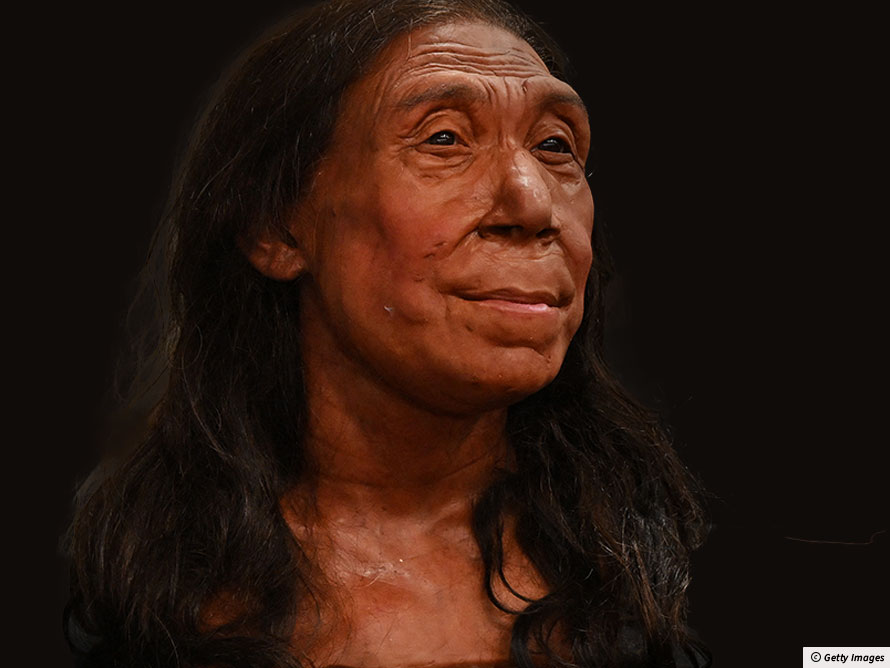Do faces always lie? Scientists have built the head of a 75,000-year-old human cousin for a new Netflix documentary. But some say we will never really know what lies behind people's faces.
What this Neanderthal woman says about us
 Deceptive?: Shanidar Z (recreated above) is “a far cry from the snarling, animalistic stereotype”.
Deceptive?: Shanidar Z (recreated above) is “a far cry from the snarling, animalistic stereotype”. Glossary
Shanidar cave - An archaeological site on Bradost Mountain in Iraq. Scientists investigating Neanderthal bones there were followed by a camera crew on a BBC and Netflix documentary, Secrets of the Neanderthals.
Iraq - A country in the Middle East with a population of 43.5m.
Homo sapiens - The species to which all modern humans belong. Homo sapiens means "wise man" in Latin.
Neanderthals - An extinct hominid species that lived alongside Homo sapiens until around 40,000 years ago. Their ancestry began in Africa, like ours, but neanderthals migrated to Europe and Asia long before humans. They looked like us but were shorter and stockier with angled cheekbones, prominent brows and wide noses.
Interpret - Explain or decide on the meaning of something.
Communicate - Share or exchange information and ideas.
